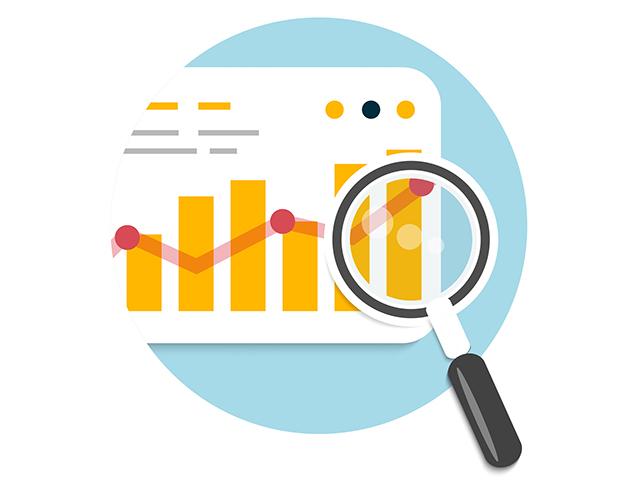Inside the Market
The Unappreciated Value of Grains' Price Charts
The past couple years have been nerve-wracking for those relying on traditional market analysis. Through confusing times, which included a global pandemic and a war, the best marketing tips have come from grain prices themselves.
It may sound odd to hear, but quite often, the best clues of future prices are the prices themselves. I understand that goes against the traditional form of analysis, which tries to examine all the components of a commodity's supply and demand in an effort to understand prices.
As logical as traditional analysis sounds, it has several flaws. First, the more variables we estimate, the larger the margin of error becomes. Second, estimates of future demand are notorious for lacking evidence. Third, even if all our estimates were accurate, the correlation of ending stocks-to-use ratios to actual crop prices is historically weak. Markets are human, and human behavior is not easily regimented.
The list could go on, but I'll stop at a fourth weakness. Every now and then, market conditions change in unlikely ways. The violation of the Latin warning, ceteris paribus (all other things remaining equal), is every economist's nightmare and renders predictions of the social science null and void. The global pandemic and war in Ukraine are two recent examples.
P[L1] D[0x0] M[300x250] OOP[F] ADUNIT[] T[]
At DTN, we spend a lot of time and effort examining and discussing all the traditional factors, such as plantings, weather, yield, numerous sources of demand, etc., but we don't stop there. We also pay attention to what prices are actually doing and use practical forms of technical analysis for good reason. I cringe to admit it, but we would have all been better off the past two years ignoring the fundamentals and just focusing on the price trends. Prices themselves have been the best market adviser through these troubling times.
For example, in August 2020, when USDA was estimating 2.76 billion bushels of ending corn stocks and concerns about the pandemic-depressed economy had ethanol demand looking extremely bearish, May corn prices started climbing higher, made new highs in mid-September and didn't stop until they hit a peak of $7.75 in early-May 2021.
At the time, I was too concerned about corn's bearish fundamental view to respect the bullish clues corn prices were giving. No one knew China, a traditionally small corn importer, was about to buy 845 million bushels from the U.S. and single-handedly shrink the U.S. corn surplus. The best clues at the time were the rising corn prices in China and later in the U.S.
Similarly, when May corn posted a new two-month high in late-October 2021, there was no sign of drought in South America or serious indication of war in Ukraine. May corn prices, however, held above their 100-day average and eventually moved to much higher levels, near $7.50 a bushel at the time of this writing.
I'll always seek to understand the market's fundamental factors, but we don't always have to make things so complicated and need to stay humble about what we think we know. Especially in times like these when improbable events take over, the most important advice comes from the prices themselves.
**
-- Read Todd's blog at https://about.dtnpf.com/…
-- You may email Todd at todd.hultman@dtn.com, or call 402-255-8489.
[PF_0522]
(c) Copyright 2022 DTN, LLC. All rights reserved.




